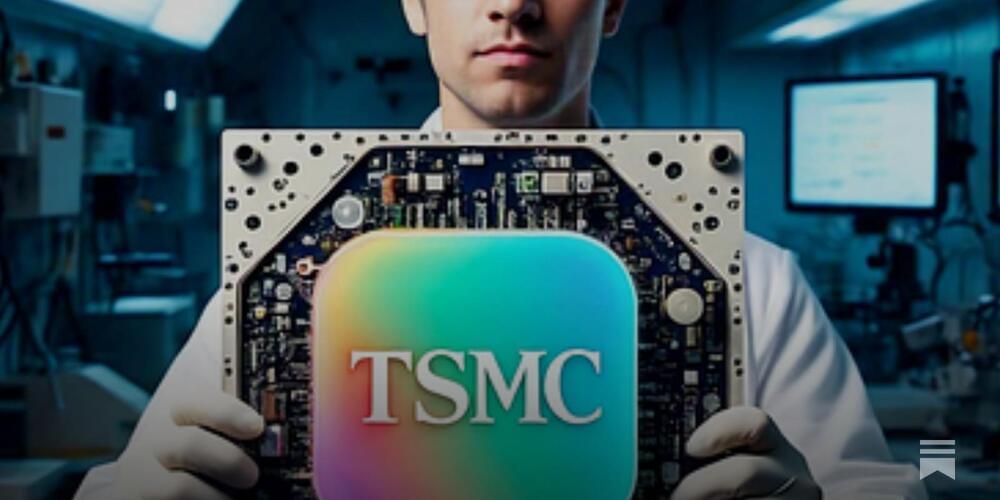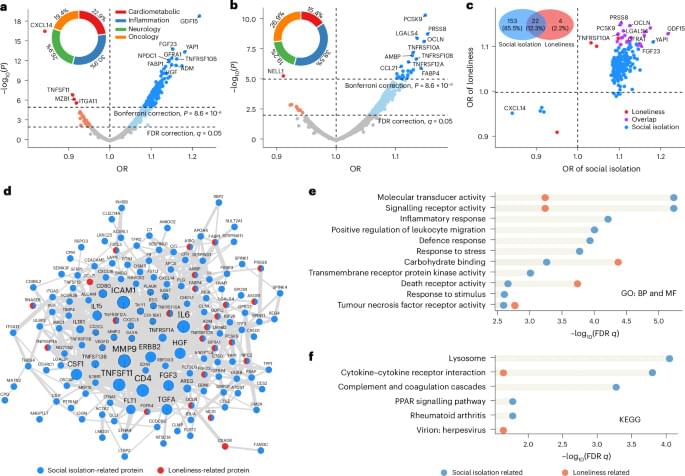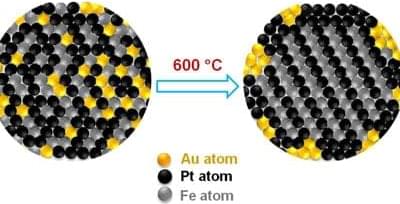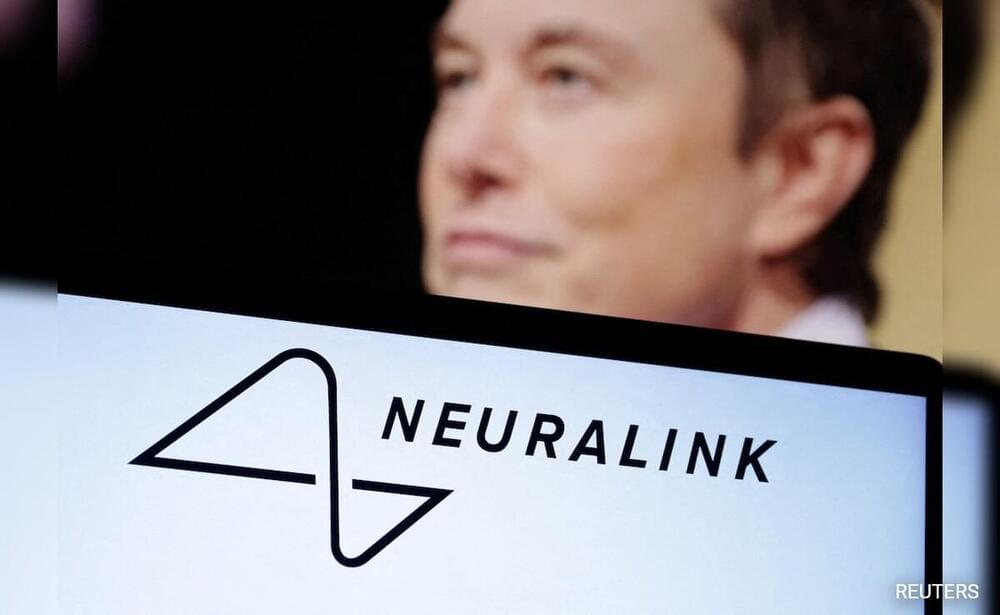A research team from Yokohama National University has developed a novel approach to investigate how the orientation and behavior of electrons in titanium affect its physical properties. Their findings, published in Communications Physics on December 18, 2024, offer valuable insights that could lead to the creation of more advanced and efficient titanium alloys.
Titanium is highly prized for its exceptional resistance to chemical corrosion, lightweight nature, and impressive strength-to-weight ratio. Its biocompatibility makes it an ideal material for medical applications such as implants, prosthetics, and artificial bones, while its strength and durability make it indispensable in aerospace engineering and precision manufacturing.






